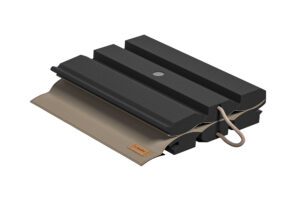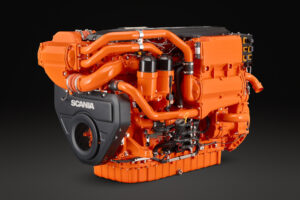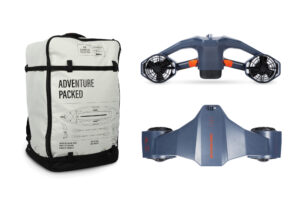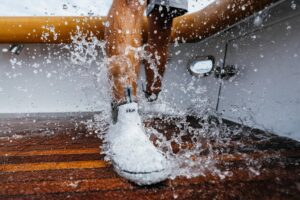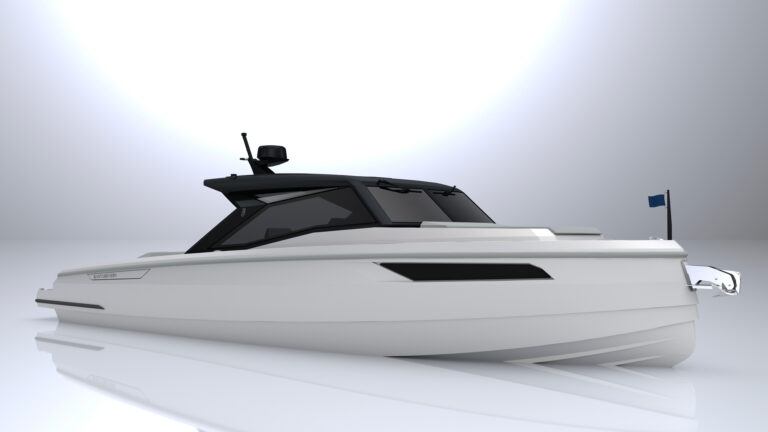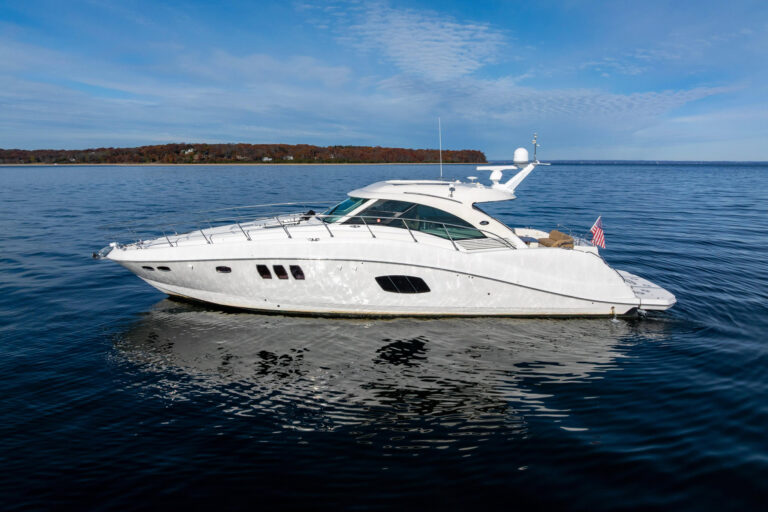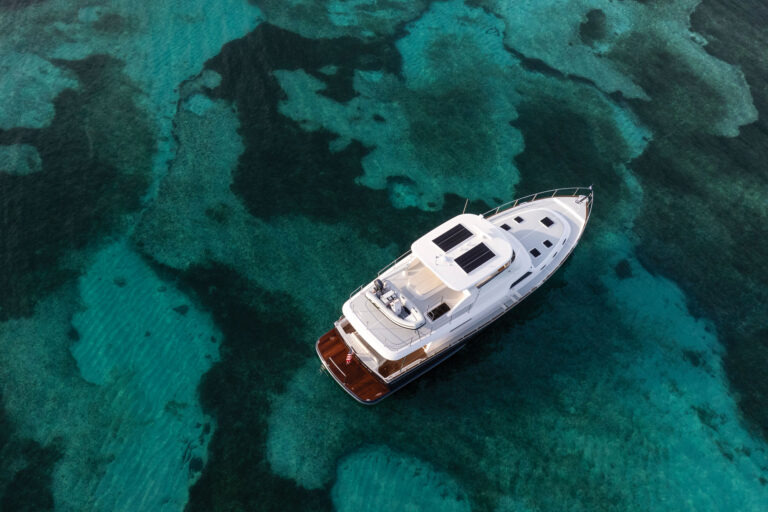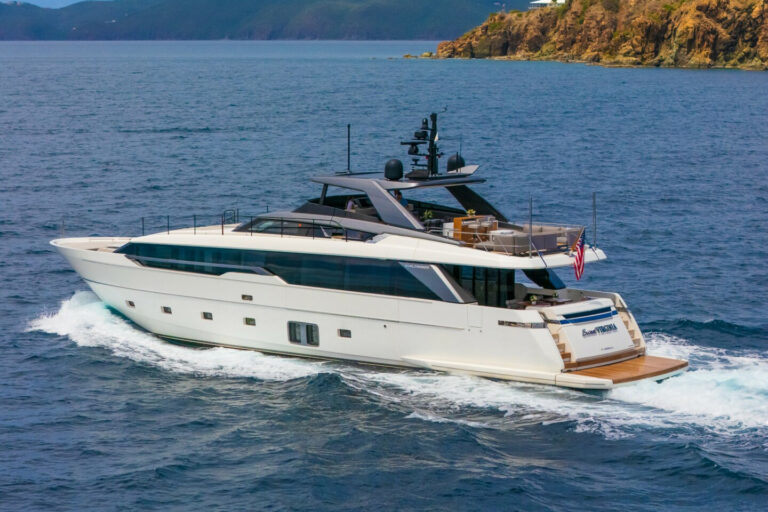
The developmental button rule. At SeaLife Cameras in Moorestown, New Jersey, that’s what they call the guidelines for how simply a camera’s features need to operate.
“Our lighting has one button — you control everything with it,” says Sven Harms, the company’s vice president. “Our cameras usually have three buttons, and our most sophisticated camera has four buttons and keys. That’s it. We figure that if you have any more than that, it’s too specialized.”
The company got its start in 1995, when film was dying and digital technology was evolving. By the late 1990s, SeaLife had developed an underwater digital camera.
“We had a 1.3-megapixel camera,” he says. “That was a big deal back then. It was very low resolution, but it worked, and it was digital.”

Since then, of course, technology has advanced. Underwater cameras moved from alkaline to lithium-ion batteries, which were able to power things like newer LED lights. It became possible to build underwater cameras that capture high-quality images without bulky casings or elaborate setups.
It took awhile for SeaLife to make that point clear, Harms says.
“Many of the other camera companies kind of see us coming. They say, ‘That’s not serious gear; it’s beginner stuff.’ So last year we hired a professional underwater photographer. We had him shoot the same thing with our camera that he shot with his big rig. The images are amazing. It immediately silences anybody who says you can’t take great underwater pictures with a simple camera.”

The most popular SeaLife camera, Harms says, is the Micro 2.0. It comes in 32-gigabyte ($499) and 64-gigabyte ($549) versions.
“That’s so simple, I could explain every feature in five or 10 minutes,” Harms says. “All you have to do is finish charging the batteries, and you’re ready to go. The whole setup is maybe five minutes. Then you download the app, and you can transfer the photos to your smartphone. You can instantly post the photos of the morning’s dive or snorkeling encounters to social media.”

Maintenance on SeaLife’s gear, he says, amounts to recharging batteries and washing off salt water — just as with any snorkeling or diving gear. Cameras that come with lights arrive preassembled, and a quick-start menu lets users punch in water depth and a few other variables to start snapping images immediately.
“Having said that, a lot of people get a camera and get in the water and say their photos don’t look professional — you do have to have some skills, just like on land,” he says. “Shoot with the light behind you, not in front of you, basic things like that. Then it becomes easy and fun, and the results are amazing.”

